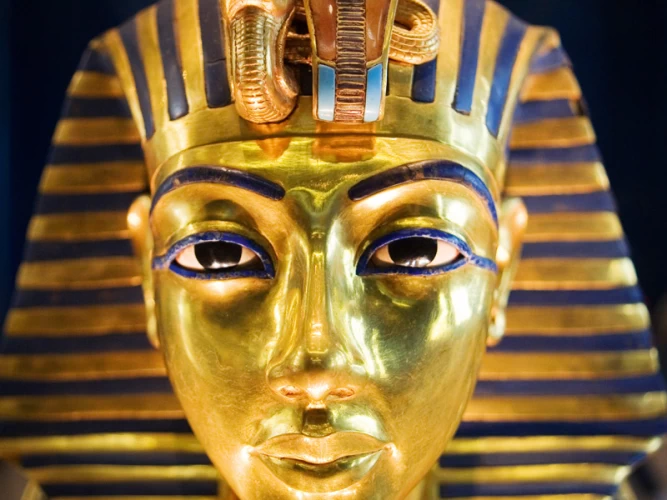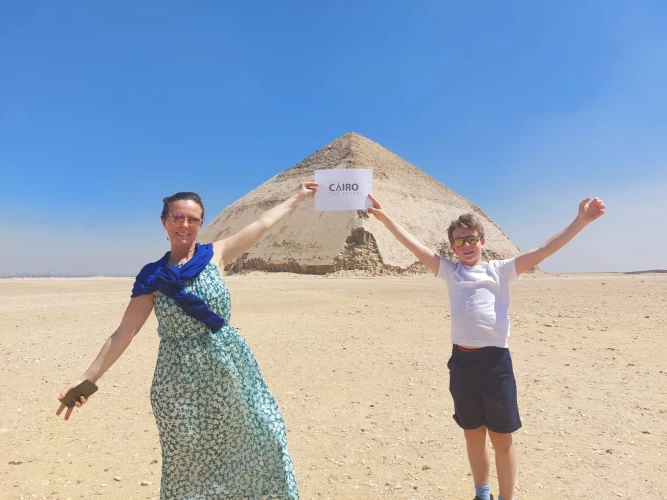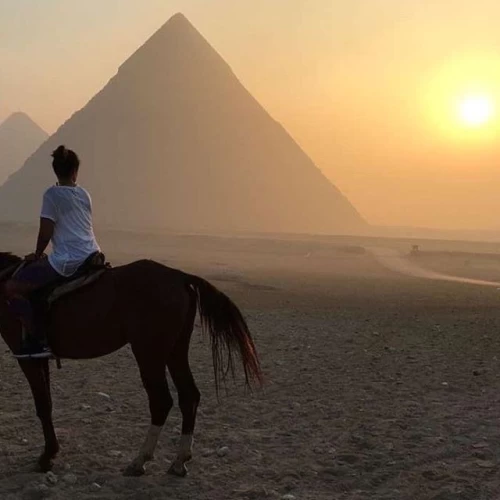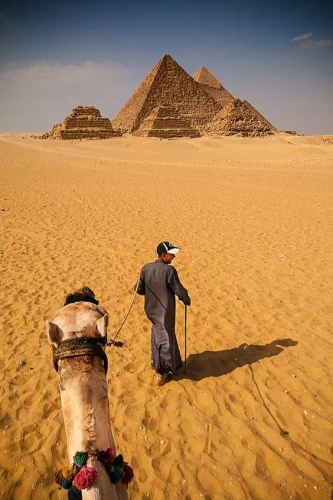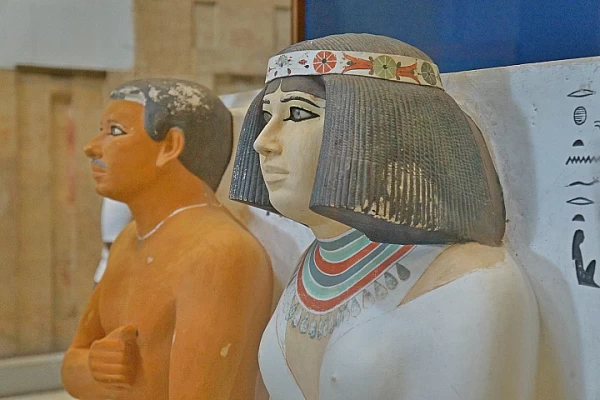
Discover The Solar Boat Museum in Egypt
During ancient times, the Egyptians used to bury a solar boat near the tombs of the Pharaohs to help them on their journey to the afterlife.
The solar boat of King Cheops:preparation for his afterlife. If you have ever imagined living during the era of the ancient Egyptians, we can help you get a glimpse of it.
In 1954, the cleaning of the Great Pyramids led to an unexpected discovery that amazed the world. Under the supervision of Kemal Malakh, archaeological excavations have revealed the oldest intact ship in the world. At first, they accidentally discovered a large limestone wall. They began digging under it until they found 42 rocks that led to the crater containing the pieces of the solar boat. It is believed that the original boat was made up of 1200 pieces of cedar wood. Can you imagine that this huge boat belongs to the Fourth Dynasty!
Where is the Cheops Boat Museum located?
The Cheops Boat Museum is located in the famous Giza complex near the entrance to the three Great Pyramids. Just 30 minutes from the center of Cairo, you will be transported to a different era,witnessing ancient Egypt in all its glory.
Discovery of the solar ship
pits were found in the vicinity of the Great Pyramid, some of which contain boats. Two Sundial pits have been found south of the Cheops Pyramid in good condition and closed.
It turned out that it contained the parts of a whole Sunship disassembled. It is planned to install them in the future as well. The initial sun boat is on display in the Sun Boat museum next to the pyramid. IT can be viewed by visitors. It appears that the eastern crater is longitudinally parallel to the pyramid from the south and is 17 meters away from it. It has a length of 31 meters and a depth of 4.5 meters.
The pit was blocked from the top by transverse pieces of stone on the northern and southern sides of the pit, and the openings between them were clogged with mortar, completely closing the pit. The number of stone blocks used to fill the pit is 41 large pieces of different sizes; their average measurements are 5 and 4 meters long, 85 and 0 meters wide, and 8 and 1 meter high, each weighing between 15 and 20 tons.
Discovery of hieroglyphic inscriptions
Numerous hieroglyphic inscriptions of ancient Egyptian workers were found on the closing stones, including the names of the groups of workers who were responsible for transporting those stones.
The researcher "Werner" concludes from this that some parts of the pyramid complex were made after the death of Cheops. Also, the timing is not based on the stones with the period of Khafre's reign, since he ruled Egypt for "8 of the Census years" (the cattle census in ancient Egypt was usually done every two years, so the reign of Khufu was at least 21 years. Moreover, if the placement of the sun chariots had been in the reign of Khafre, it would have been much later than the funeral rites performed for the burial of Cheops.
The boat reaches a length of about 3 and 42 meters and a maximum width of 6 and 5 meters, and its shape resembles that of a papyrus boat. It took about 10 years to reinstall it; it was placed in his museum for display in 1982, next to the pyramid.
The Egyptian archaeologist believes that the boat did not descend into the water. There are traces and remains of wood at the pyramid site that indicate that the sun boat was made at that site. In 1987, small cameras inserted into the second hole showed that another boat had been found and dismantled.
The German archaeologist "Haas" believes that it is for a schooner. After several years of preparation, in 2009, a group of Japanese researchers from Waseda University, Tokyo, and in cooperation with the Egyptian Antiquities Authority, began examining the contents of the second pit. The extraction of the boat parts from the second pit began in June 2013.







